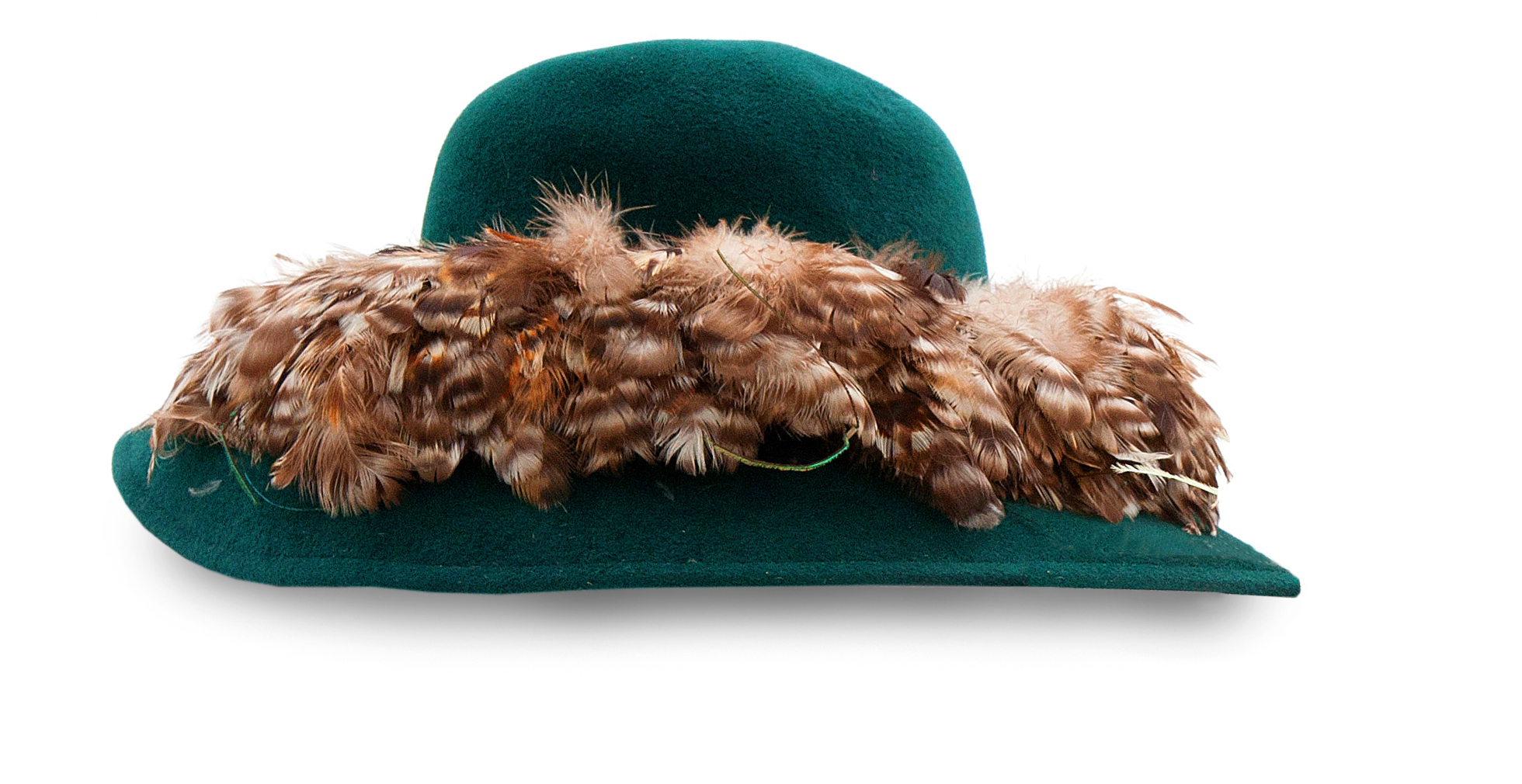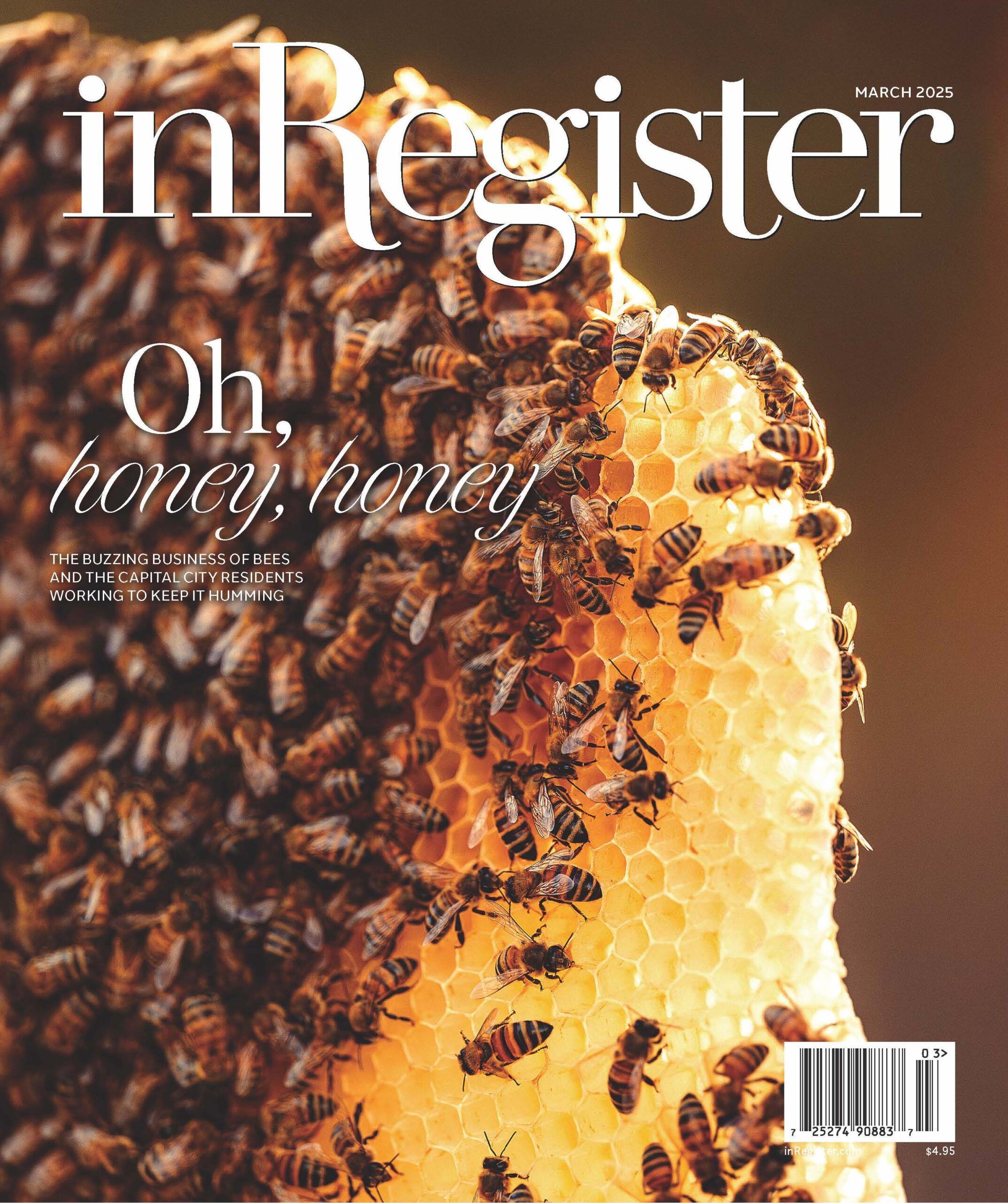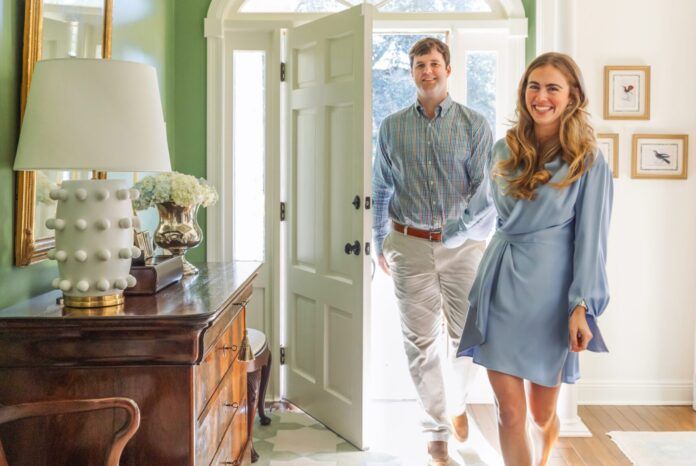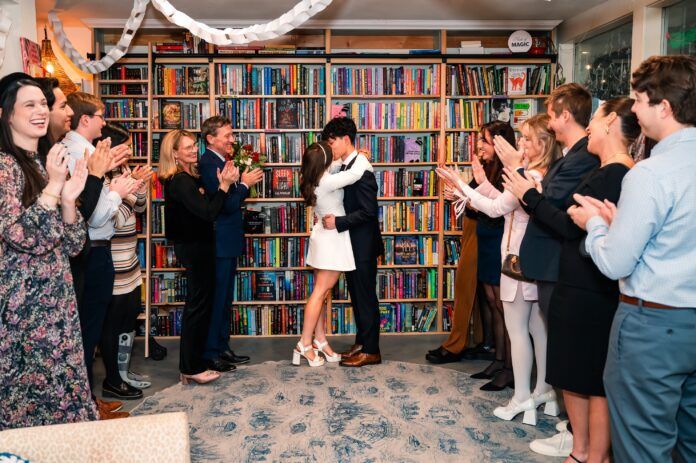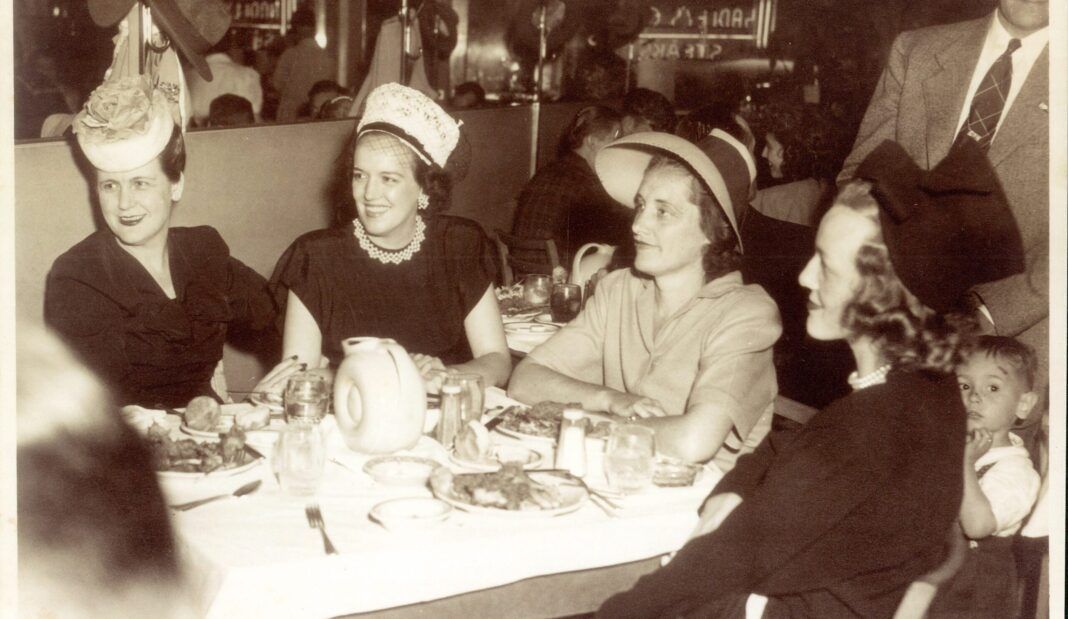
Hats from Chris Russo Blackwood’s personal collection show that hat ladies pay no mind to fleeting trends
In the 1950s, the popularity of women’s hats in everyday wear declined through the post-war decade, so milliners began creating hats with more variety and extravagance to draw in customers. For devoted headwear connoisseurs, this era became the heyday of hats, especially for fans of the famous milliner John P. John.
Throughout the 1950s and 1960s, his works were regularly featured on the cover of Vogue, as he worked with celebrity clients, including Marilyn Monroe, Gloria Vanderbilt and Jacqueline Kennedy Onassis. His hats also frequently graced the head of Muse, to whom he sent many hats over the years.
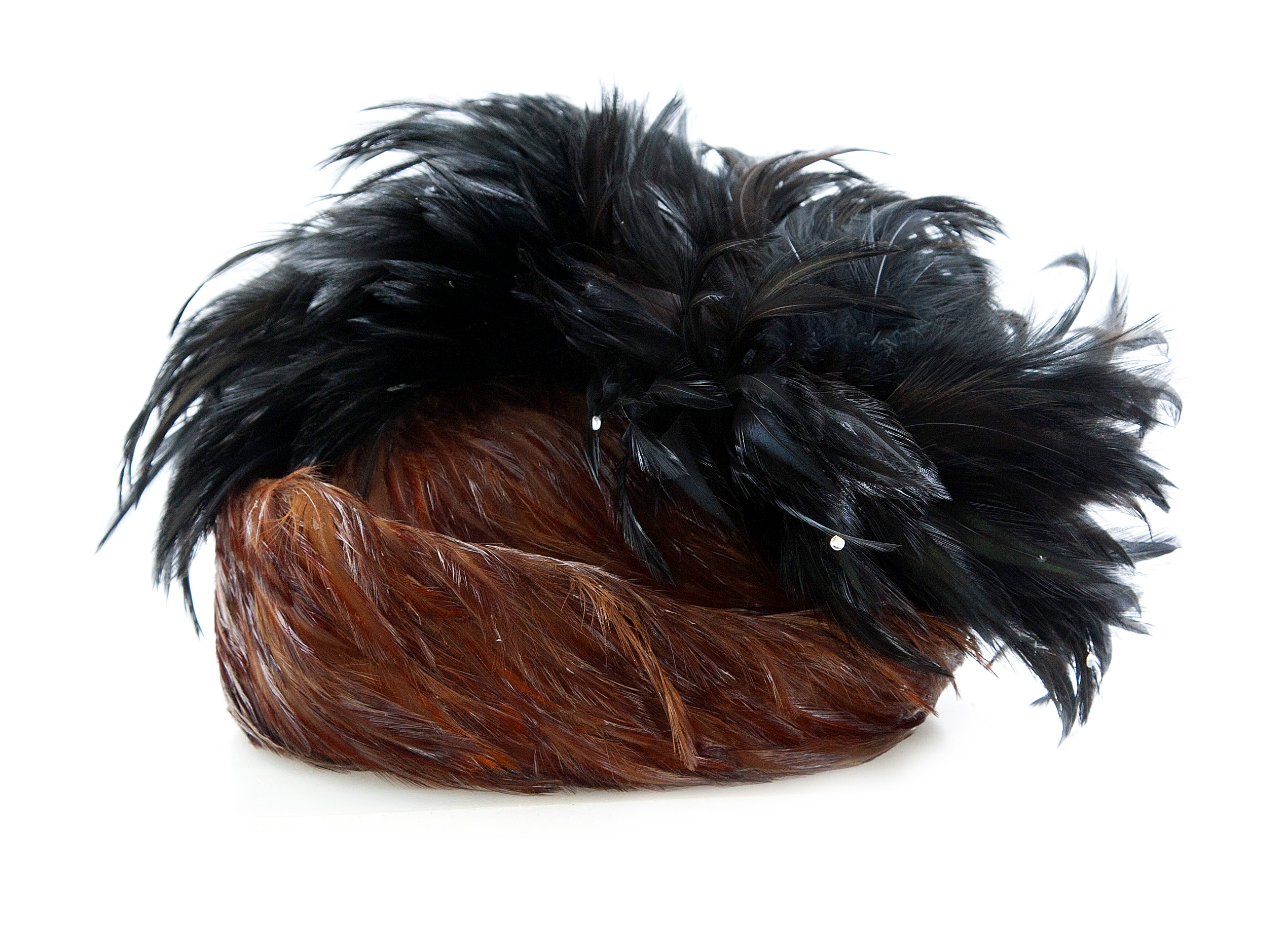
In 1956, just before a significant shift in American headwear fashion, Orene Muse, publisher of The Register, helped to found the Mad Hatters charity event. The early spring event held annually on the first Tuesday of February gave women a chance to dress up and show off their new spring hats, all for a worthy cause. As the years turned to decades, the prominence of ornate hats in everyday fashion ebbed. For true hat ladies like Muse, though, women who wear a hat no matter the season or event, trends mean little, if anything at all.
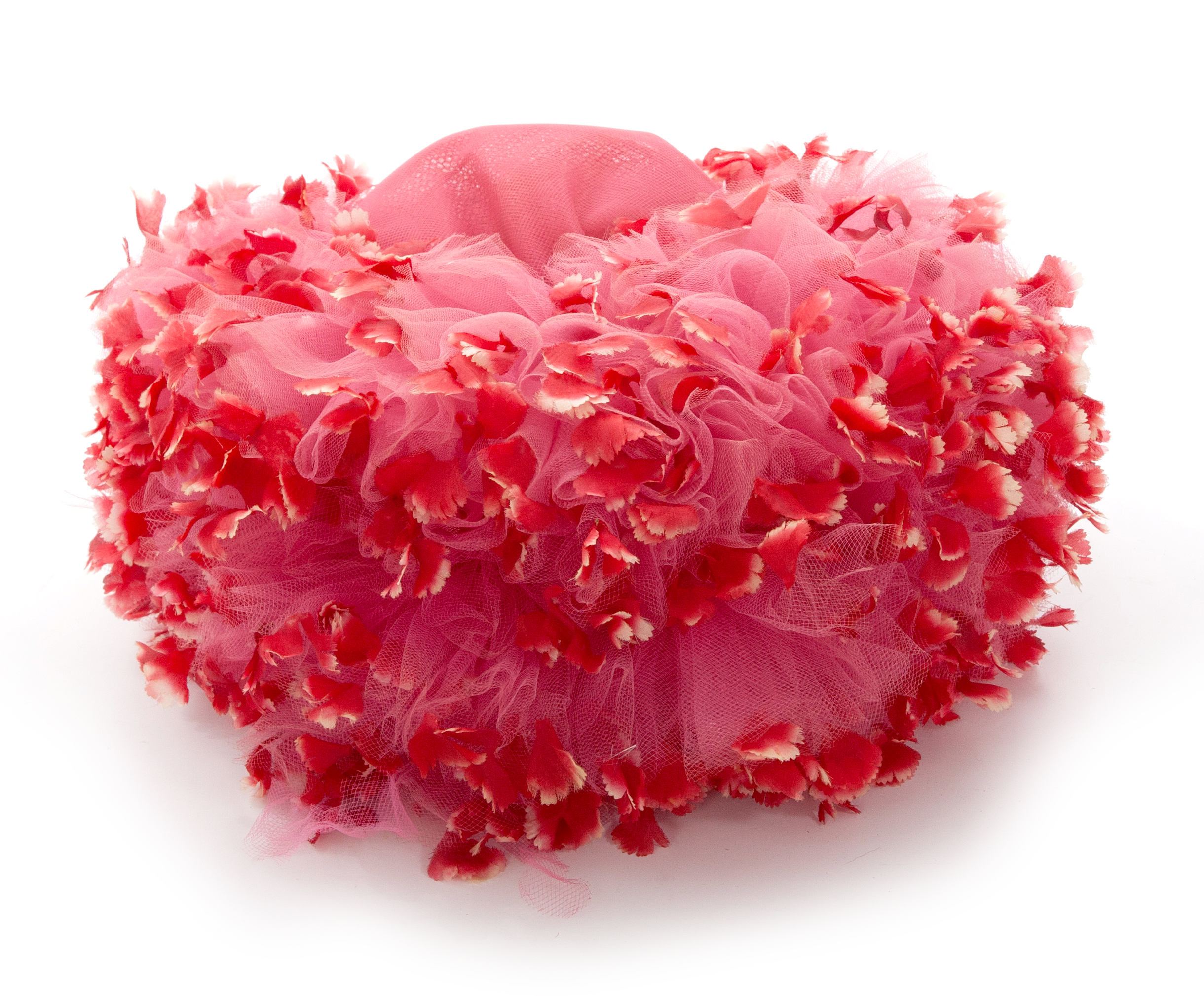
 In the 1970s, the over-the-top, formal hats of previous decades fell out of favor in everyday women’s wear. Many of the elaborate and embellished hats of the previous decades found new homes in attics, the top of closets and under beds. In 1978, planners hit pause on the Mad Hatters charity event, too.
In the 1970s, the over-the-top, formal hats of previous decades fell out of favor in everyday women’s wear. Many of the elaborate and embellished hats of the previous decades found new homes in attics, the top of closets and under beds. In 1978, planners hit pause on the Mad Hatters charity event, too.
“There is something about a beautiful hat that gives you a feeling of being sure of yourself and enjoying yourself,” Muse once wrote. In the late 1980s, as formal bowlers, cloches and chapeaus teetered on the brink of extinction in everyday fashion, Diana, Princess of Wales, effortlessly put them back on the map. And once again, just in time, the Baton Rouge Symphony League put the Mad Hatters party back on Baton Rouge’s annual social calendar in 1988. When Blackwood and Horn began inRegister in 1989, they paid homage to Muse by showing up to every event, interview and sales call wearing a hat that was sure to turn heads. “In 1989, there wasn’t another soul wearing a hat to anything we attended so we stuck out like sore thumbs,” Blackwood recalled in the April 1997 cover story “Remembering Wanda Horn.” The May 1991 cover story highlighted the 38th anniversary of Le Chapeau Chic, a local club comprised of 16 women dedicated to friendship and celebrating life in stylish hats.
Today, hat ladies Karla Coreil and Jenn Lofti of Chapeaux are seeing a renaissance in ornate hats. “They’re a way to really make your biggest mark in terms of your personal style and take it one step further to set yourself apart,” Lofti explains. But they also enjoy breathing new life into vintage hats pulled from the attic or gifted by grandmothers that feature delicate fabrics and feathers.
